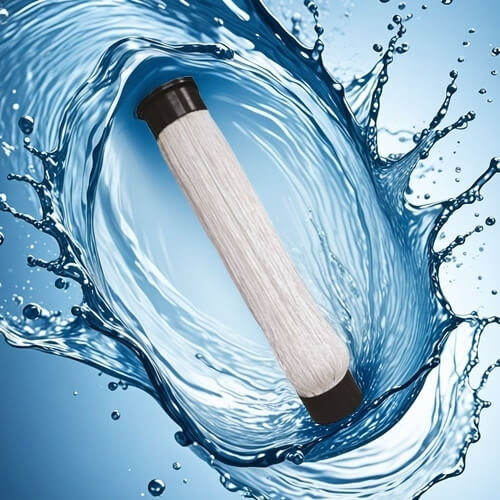Salt containing wastewater treatment in chemical industrial parks
With the rapid development of the chemical industry, the amount of saline wastewater generated has been increasing year by year. This type of wastewater not only has a serious impact on the environment, but may also lead to the waste of water resources. Therefore, chemical industrial parks must take effective treatment measures to reduce the harm of saline wastewater to the ecosystem.
The source of saline wastewater
Salt containing wastewater mainly comes from the following sources:
Chemical reactions: During the production process, certain chemical reactions can generate salt containing by-products.
Cleaning and cooling: The water used during equipment cleaning and cooling often contains salt.
Raw material characteristics: Some raw materials themselves contain high levels of salt, such as certain ores and chemicals.
Main processing techniques
The following are several main treatment technologies for saline wastewater in chemical industrial parks:

1. Physical processing
Precipitation method: Removing suspended solids and partially dissolved salts from water through precipitation.
Filtering method: Use a multi-media filter to remove particulate matter and improve water quality.
2. Chemical treatment
Coagulation and flocculation: Adding coagulants (such as polyaluminum chloride) to aggregate suspended solids into large particle precipitates.
Neutralization reaction: Removing some soluble salts through acid-base neutralization reaction.
3. Membrane separation technology
Reverse osmosis (RO): Removing dissolved salts from water through a semi permeable membrane is currently the most widely used desalination technology.
Nanofiltration (NF): Suitable for removing monovalent ions and small organic molecules, commonly used for pre-treatment of reverse osmosis influent.
4. Evaporative crystallization
Low temperature multi effect evaporation: suitable for high concentration saline wastewater, it recovers water through multiple evaporation and crystallizes salt to achieve zero emissions.
Spray drying: spray the concentrated solution and evaporate it quickly to obtain solid salt products.
5. Biological treatment
Biodegradation: Utilizing microorganisms to degrade organic pollutants, suitable for low concentration saline wastewater.
Zero emission technology
With the increasing demand for environmental protection, zero emission technology has gradually become an important direction for treating saline wastewater. By evaporating, crystallizing, or membrane separating high concentration saline wastewater, not only can clear water be recovered, but solid salt can also be utilized as a resource. This method not only reduces the impact on the environment, but also achieves the recycling of resources.
